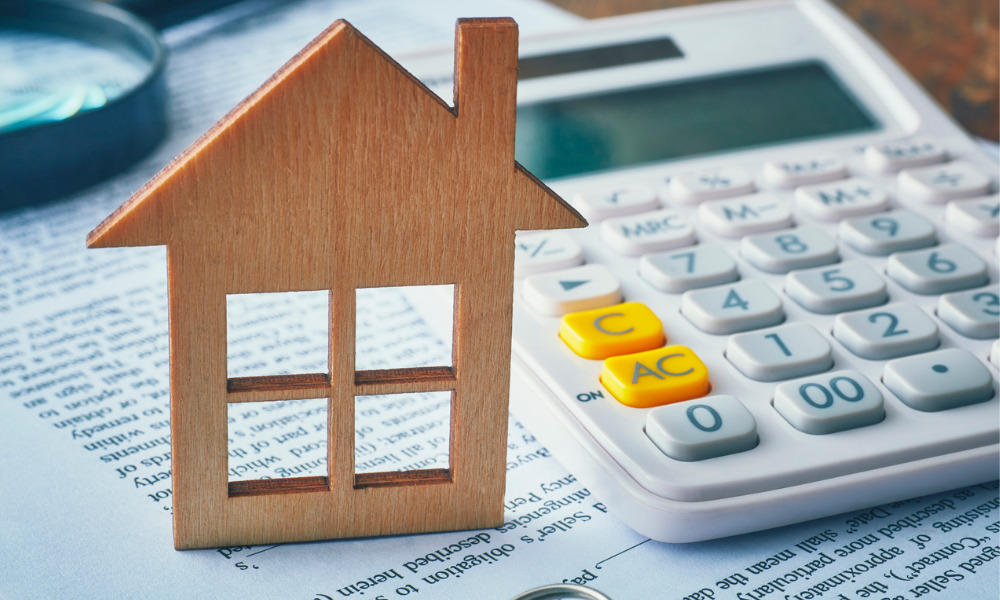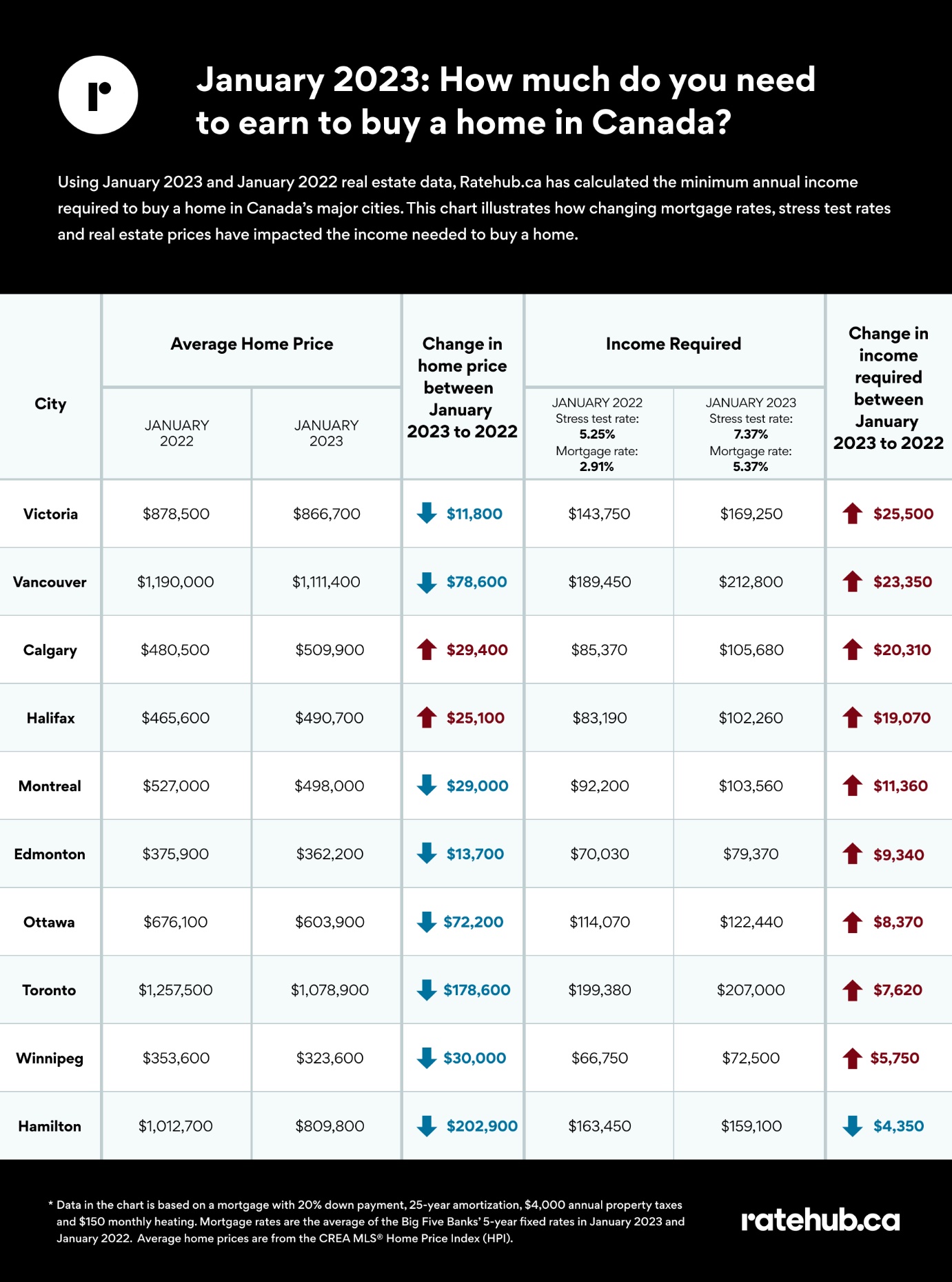New report outlines the current power of Canadians' dollars

As of January, home buyers needed to earn between $5,750 and $25,500 more in additional annual income to buy a home in nine out of 10 major Canadian cities, according to new data from Ratehub.ca.
This is despite benchmark home prices seeing a noticeable drop in January, per figures from the Canadian Real Estate Association.
“Home prices are down, but affordability is worse than 12 months ago,” said James Laird (pictured), co-CEO of Ratehub.ca. “With current fixed rates, the stress test is currently around 7.37%, which is over 2% higher than a year ago. The increase in rates is more material than the decrease in home values so far, which means homes are less affordable in nine out of 10 of the cities we looked at compared to a year ago.”

The greatest decline in affordability last month was in Victoria, where the required income to buy a home increased by $25,500. The market also saw an annual average price decline of $11,800, which Ratehub said was the smallest across all the urban areas surveyed.
Still, Ratehub said that there are signs of some wins ahead for Canadian home buyers.
“Compared to [October], recent stabilization among both fixed and variable mortgage rates has been enough to turn the dial slightly for buyers’ affordability, with the required income declining in every market except Halifax,” Ratehub said.
The sales-to-new-listings ratio dropping from 54% to 50.7% last month will also help stabilize the market for the foreseeable future.
“Those who are on the hunt for a home [right now] will enjoy slightly more supply to choose from,” Ratehub said. “Sellers – likely encouraged by those early signals of rate stabilization – added 47,025 new listings to the market in January, a 3% gain from December.”



